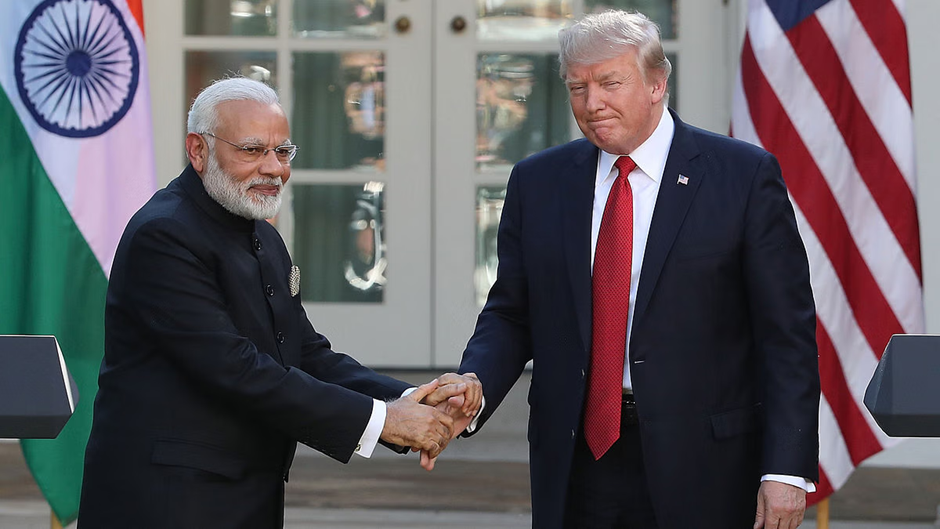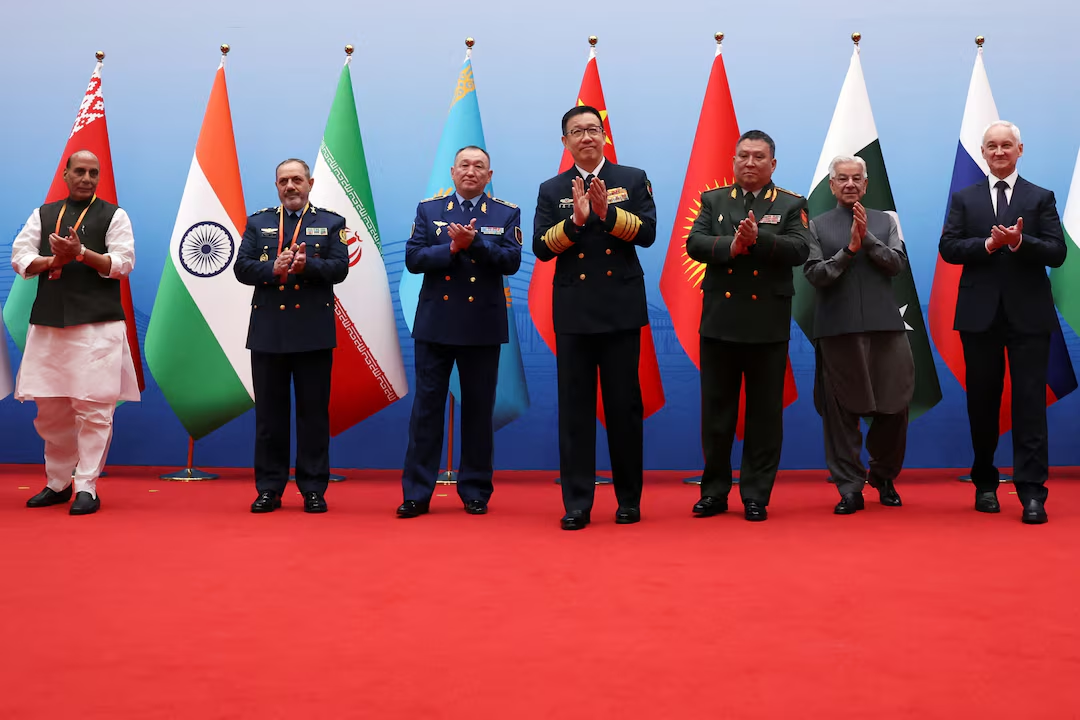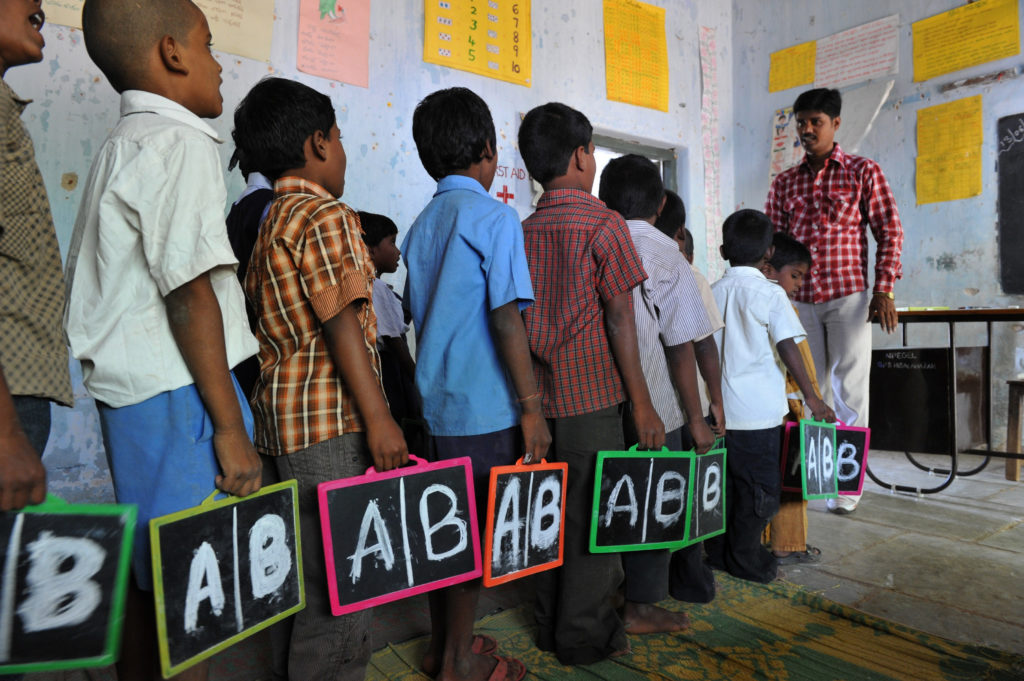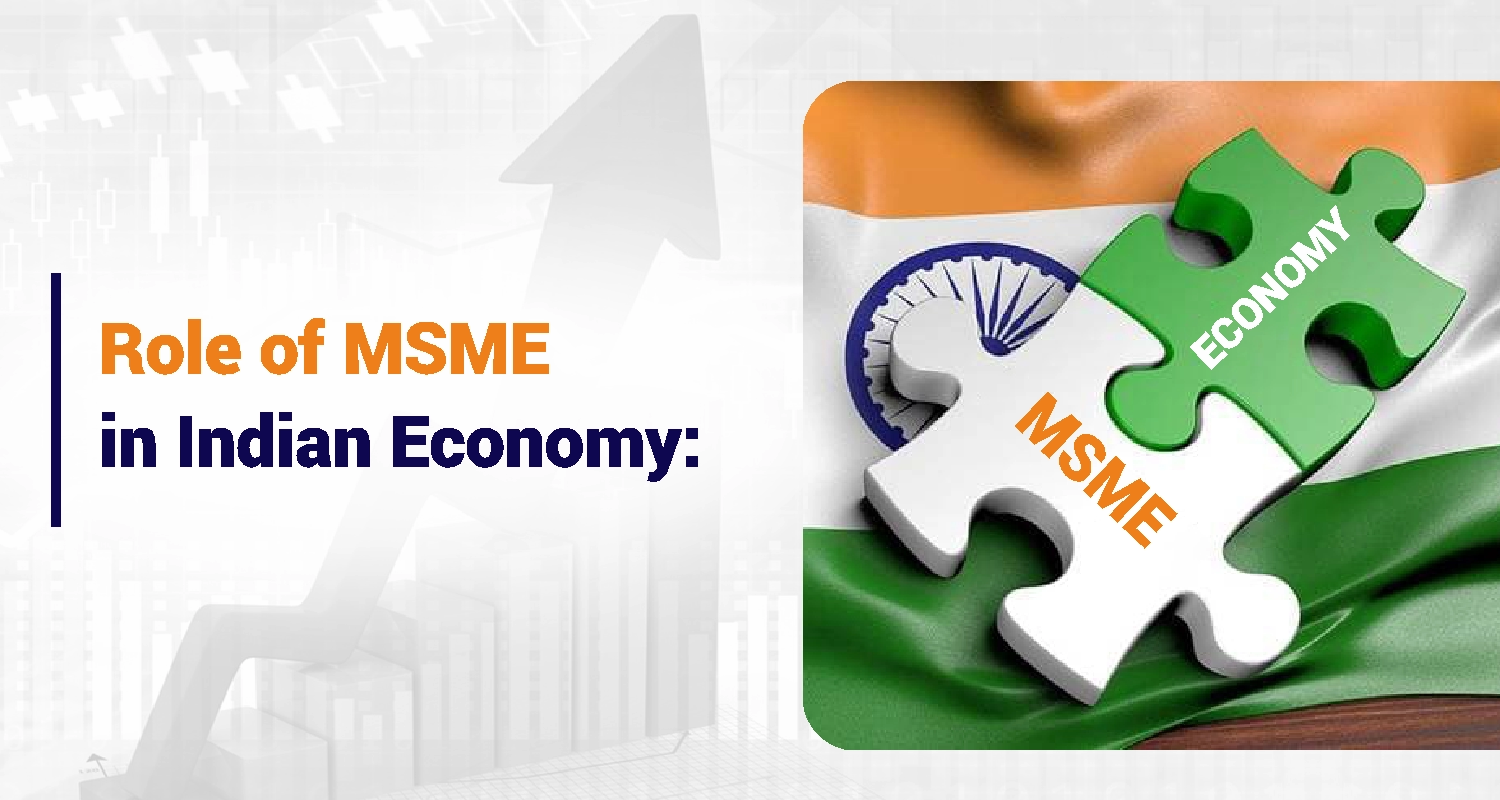- Courses
- GS Full Course 1 Year
- GS Full Course 2 Year
- GS Full Course 3 Year
- GS Full Course Till Selection
- Answer Alpha: Mains 2025 Mentorship
- MEP (Mains Enrichment Programme) Data, Facts
- Essay Target – 150+ Marks
- Online Program
- GS Recorded Course
- Polity
- Geography
- Economy
- Ancient, Medieval and Art & Culture AMAC
- Modern India, Post Independence & World History
- Environment
- Governance
- Science & Technology
- International Relations and Internal Security
- Disaster Management
- Ethics
- NCERT Current Affairs
- Indian Society and Social Issue
- NCERT- Science and Technology
- NCERT - Geography
- NCERT - Ancient History
- NCERT- World History
- NCERT Modern History
- CSAT
- 5 LAYERED ARJUNA Mentorship
- Public Administration Optional
- ABOUT US
- OUR TOPPERS
- TEST SERIES
- FREE STUDY MATERIAL
- VIDEOS
- CONTACT US
India's Tariff Structure
India's Tariff Structure
25-09-2024

Former US President Donald Trump called India a “very big abuser” regarding import tariffs during a recent town hall meeting. His comments come just before Indian Prime Minister Narendra Modi’s visit to the US, bringing attention back to trade relations between the two countries.
- Tariffs are taxes imposed by a government on imported goods, used to protect domestic industries from foreign competition by making imported goods more expensive. In Trump's remarks, he points to high tariffs in India as a barrier to trade.
Key Points of Trump’s Criticism
1. Historical Context of Tariff Disputes:
- Trump has previously criticized India’s tariffs, calling it a “tariff king” and claiming India imposes “very high” tariffs.
- In 2019, he said India charged “100% tariffs” on American products like Harley-Davidson motorcycles, arguing that this was unfair compared to zero tariffs on Indian products sent to the US.
2. Proposal for Reciprocal Tariffs:
- Trump has suggested that if he returns to power in 2024, he would consider adding tariffs on Indian goods to balance what he sees as unfair practices.
- Reciprocal Tariffs: This concept refers to the idea of imposing tariffs that mirror those of another country. Trump suggests that if India imposes high tariffs on U.S. goods, the U.S. should respond with similar tariffs on Indian goods. This strategy is intended to promote fairness and balance in trade relations.
- He stresses the need for fairness in trade, proposing that if India charges high tariffs, the US should respond with similar tariffs.
Analysis of India’s Tariff Structure
1. Current Tariff Rates:
- India’s average tariff rate is around 17%, which is much higher than that of developed countries like Japan, the US, and the EU, where rates are between 3% and 5%.
- However, when compared to other developing countries, India’s rates are competitive. For example, Brazil and South Korea have average tariffs of 13% and 13.4%, respectively.
2. Contextualizing High Tariffs:
- Experts argue that while India imposes high duties on certain products, this practice is common among many countries to protect their own industries.
- Ajay Srivastava from the Global Trade Research Initiative mentioned that Trump’s claim of “Tariff King” overlooks important details about global trade practices.
Historical Perspective on Indian Tariffs
1. Evolution of Tariff Policies:
- India’s tariff rules have changed significantly since the 1990s, with peak customs duties on non-agricultural products dropping from 150% in 1991-92 to 10% by 2007-08.
- India aims to bring its tariffs closer to ASEAN levels, targeting an average of about 5%.
2. Disparities in Tariff Structures:
- The US has pointed out clear differences in India’s tariff system, noting a gap between the maximum rates (48.5%) and the rates actually applied (13.4%).
- Critics argue that India has not consistently lowered customs duties recently, keeping high tariffs on various goods, including textiles and cars.
Implications for India-US Relations
India-US Trade Negotiations:
- Trump’s comments highlight ongoing tensions in India-US trade relations, especially regarding tariffs.
- For the US to gain zero-tariff access to Indian markets, experts suggest pursuing a free trade agreement (FTA).
Strategic Considerations:
- As the US and India work on their trade relationship, understanding the details of tariff structures and the historical context is crucial.
- With Modi's upcoming visit, there may be chances for discussion to address these tariff concerns and promote better trade cooperation.
Conclusion
Trump’s remarks about India’s tariffs reflect broader issues in international trade. While India’s tariff rates are higher than those of many developed nations, they are similar to those of other developing countries. As the US and India continue to negotiate their trade relationship, addressing these tariff differences will be important for strengthening cooperation and economic growth.
Must Check: Best IAS Coaching In Delhi
UPSC Prelims Result 2024 Out: Expected Cut Off & Other Details, UPSC Prelims 2024 Answer with Explanation, Daily Prelims Quiz, Daily Current Affairs, MONTHLY CURRENT AFFAIRS TOTAL (CAT) MAGAZINE, Best IAS Coaching Institute in Karol Bagh, Best IAS Coaching Institute in Delhi, Daily Mains Question Answer Practice, ENSURE IAS UPSC Toppers, UPSC Toppers Marksheet, Previous Year Interview Questions, UPSC Syllabus




